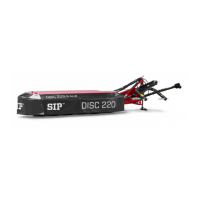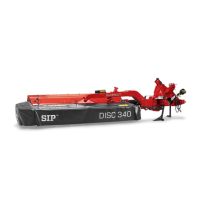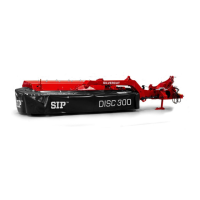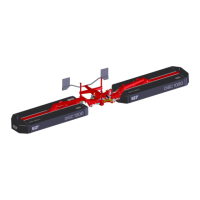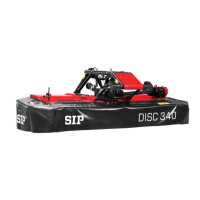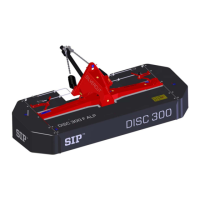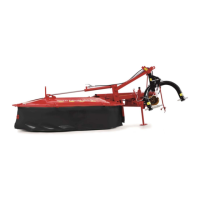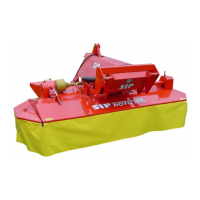101
Den Mäher aus der Transport- in die
Arbeitsstellung bringen:
Zuerst muss der Hydraulikzylinder (1) in die
Endposition gebracht werden, damit sich
der Haken (3) löst. Wenn der Haken gelöst
ist, ziehen Sie am Seil (2).
Halten Sie den Haken so lange in der
oberen Position, bis das Mähwerk einen
Winkel von 80° erreicht.
Lassen Sie das Seil los.
Stellen Sie die Höhe des
Hydraulikgestänges auf den Punkt für die
Arbeitsstellung ein.
Der Mäher befindet sich in der
Arbeitsstellung
.
Putting the mower from the transport to the
operating position:
First, move the hydraulic cylinder (1) to the
end position to release the hook (3). Once
the hook is released, pull the cord (2).
Hold the hook in the upper position until the
cutter bar reaches 80°.
Release the cord.
Set the hydraulics height to the working
position.
The mower is in the working position.
Einstellung der Geschwindigkeit das Hebens
und Senkens des Mähwerks:
Bringen Sie das Mähwerk in die
Arbeitsstellung.
Stellen Sie die Drossel (4) am
Hydraulikzylinder (1) so ein, dass ein
stoßweises Heben und Senken des
Mähwerks verhindert wird.
Überprüfen Sie die optimale Einstellung
durch das Versetzen in die
Transportstellung und das Absenken zurück
in die Arbeitsstellung.
Lifting and lowering speed of the cutter bar:
Place the cutter bar in the working position.
Set the reduction valve (4) on the hydraulic
cylinder (1) so that any abrupt movements
while lifting or lowering of the cutter bar are
prevented.
Check if the position is optimal by folding
the mower into the transport position and
lowering it into the working position.
Bild - Figure 27 Bild - Figure 28
Überprüfen Sie, ob der Haken in der
Transportposition eingerastet ist.
Wenn sich der Mäher in der
Transportstellung befindet und der
Haken einrastet, entlasten Sie stets den
Hydraulikzylinder.
Check whether the hook is locked in
the transport position.
When the mower is in the transport
position and the hook is locked, always
reliese the pressure in the hydraulic
cylinder.
1
4
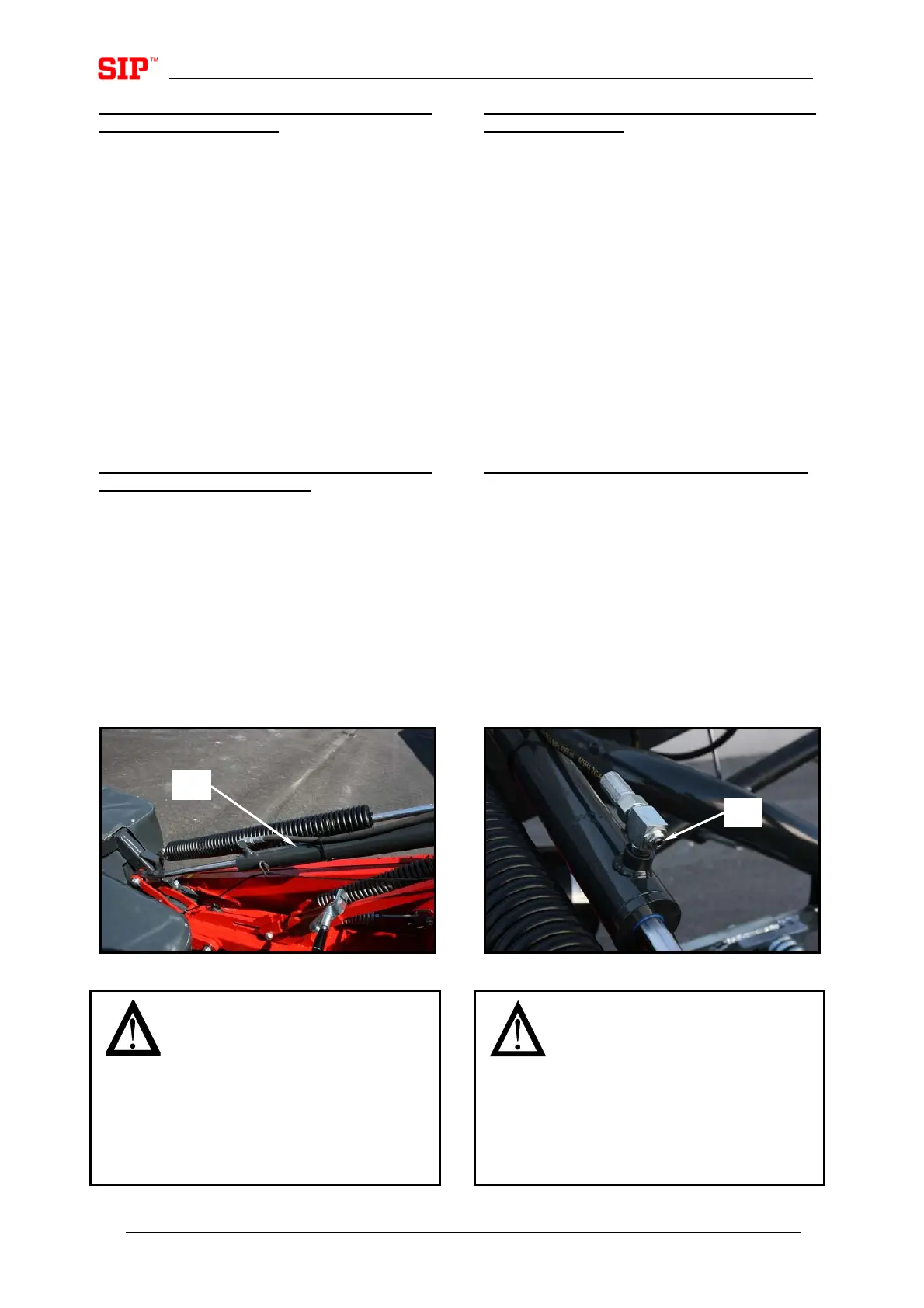